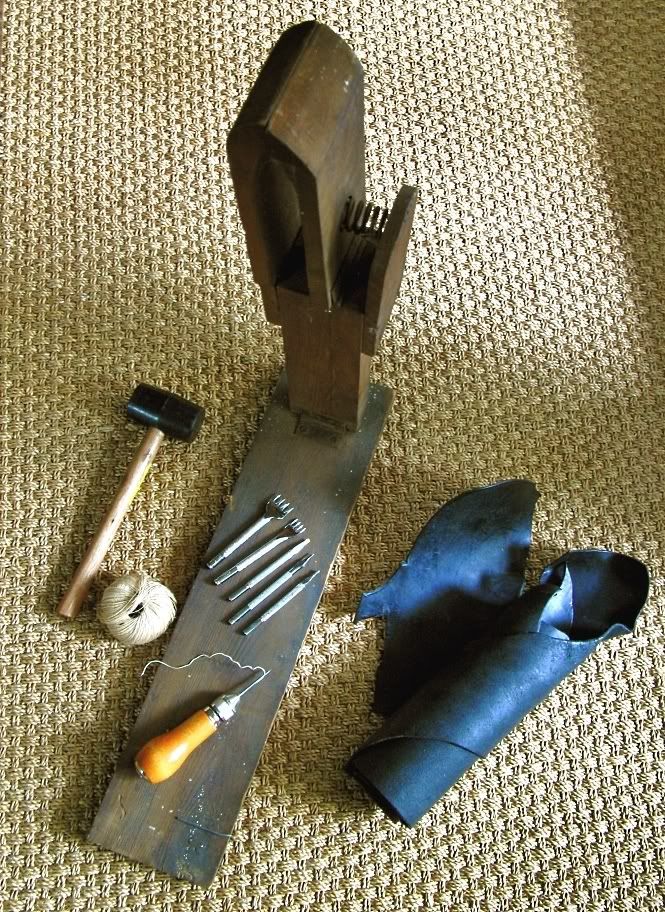Hey guys,
What surprices me is that we never come accros of original German white linen thread as used in German fieldgear. I would asume there must be lots of leftovers. Does anybody know what the specs of this thread are and where I could find some to repair stuff.
Another curious question. Was al the stuff hand stiched while the holes were already drilled? You also never see a beginning or end of a thread (or a knot). These are questions always come up looking at my stuff.
Thanks for answers,
Rgs Peter
What surprices me is that we never come accros of original German white linen thread as used in German fieldgear. I would asume there must be lots of leftovers. Does anybody know what the specs of this thread are and where I could find some to repair stuff.
Another curious question. Was al the stuff hand stiched while the holes were already drilled? You also never see a beginning or end of a thread (or a knot). These are questions always come up looking at my stuff.
Thanks for answers,
Rgs Peter


Comment